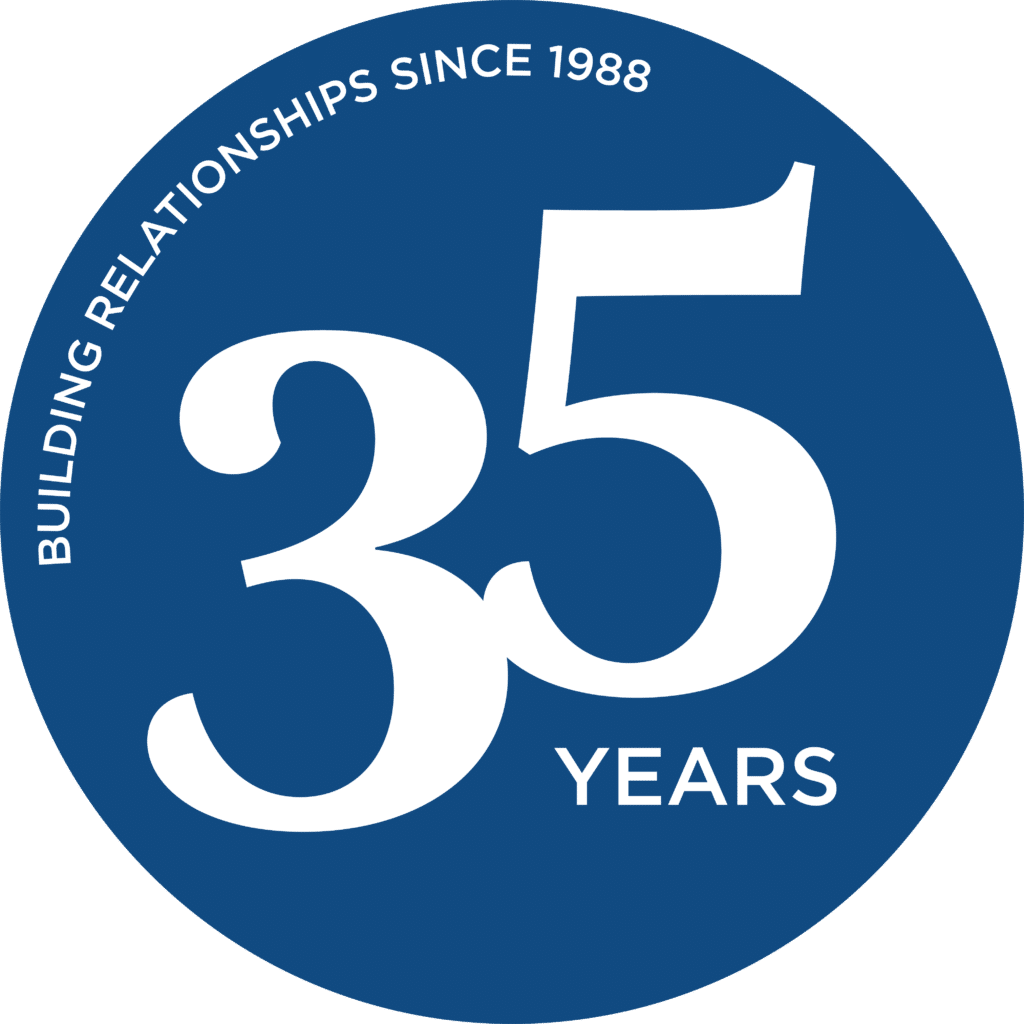Organizations have been impacted by an extraordinary and rapidly changing confluence of events since March of 2020. We’ve witnessed a global pandemic unlike any the world has experienced in over 100 years, which triggered a severe recession – only to see that recension flip within 18 months into one of the “hottest” talent markets in recent memory. The unemployment rate went from a high of 14.7% in April 2020 – the highest rate in US history – to the current rate of 3.6%, and we find ourselves in the midst of the “Great Resignation.”
Yes, unusual times. Uncommon. Over 70 million workers quit jobs in 2021, 33% of the total workforce. The labor force participation rate declined to 61.8%, the lowest level in 40 years. The statistics are staggering. But is this situation truly unprecedented? A closer look at data shows the Quit Rate is consistent with other post-recession periods; it was 28% after both the 2001 and 2008 recessions. In fact, the Quit Rate increased each year from 2009 to 2019, and the unusually large turnover in 2021 reflected a continuation of underlying trends in the labor market that were accelerated by the COVID pandemic and economic disruptions.
So, what’s really going on? There are fundamental changes in the nature of work. Three significant business trends that have occurred over the past two decades that were accelerated by the pandemic include:
- The impact of digitization and technology-driven transformation
- The reinvention of “office work”
- The increased attention to social and environmental goals.
These trends have shifted the source of value in business today. In the 20th century, the source of value was access to capital and physical infrastructure; it was a “physical” world. In the 21st century, the source of value is People. Human capital is now the scarce resource and attracting and retaining the “best and brightest” talent is critical to success.
This should be good news to HR leaders. While some new workforce challenges have emerged over the past two years – notably, the impact of remote & hybrid work and helping employees address work/life balance – the core career and talent management issues HR leaders have always focused on remain critical to an organization’s success: ensuring the right talent are in the right roles, creating opportunities for internal talent mobility and employee development, and designing a work environment that ensures “stickiness” and encourages retention. Yes, we live in a “VUCA” world – volatile, uncertain, complex, and ambiguous – but research shows there are constants to what employees desire: a sense of connectedness to a broader purpose, a work experience that provides growth and development opportunities, and respectful, collaborative relationships with their co-workers and leaders.
How then can HR and business leaders help employees and companies navigate the new world of work? Creating an effective roadmap will require fresh thinking at the macro level – looking at the design of the HR function – as well as innovative and creative solutions in HR programs and solutions delivered at the operating level. Let’s start with reshaping the HR function, which has a history as a support function. Moving to a future as a Strategic Partner requires a more dynamic model, with three areas of focus:
- Elevating HR through digitization and improving the capabilities of HR professionals, especially regarding agile processes and workflow.
- Focusing on the design of the employee experience by treating employees as customers and identifying the “moments that matter,” similar to how retail stores interact with their customers.
- Emphasizing a “friction-less” HR delivery model in which the core tenets of the classic Ulrich model – HR Business Partners, Centers of Excellence, and Shared Services – remain but cross-functional, cross-regional collaboration is heightened.
And at the HR program level, consider these areas:
- Think broadly about recruitment by re-evaluating job requirements to become more skill-focused, and resisting implicit bias against non-industry experience, career changers, or unemployed individuals.
- Think beyond compensation by emphasizing total rewards, flexibility, training opportunities, and family-friendly benefit offerings.
- Prioritize mental health. The pandemic toll on mental well-being has been widely documented; show that this is understood by offering extensive resources.
- Think carefully about Work-from-Home policies, recognizing that a “one-size-fits-all” approach will likely not work for most organizations. Seek employee feedback, understand the organization’s needs, and constantly communicate the rationale for any policy decision.
- Re-engage and re-recruit your employees. Recognize that employees need to be re-oriented to the values, culture, and work environment. Think of it as an opportunity to deepen your relationship with your workforce.
- Teach Leaders to lead with trust, support, and flexibility. The remote work experiment forced on most companies by the pandemic required managers to interact differently with their teams, with less micro-management and more trust and support. Don’t let a return to in-person work, including hybrid models, erode the trust and autonomy that employees seek.
A primary responsibility of the HR function is to enhance the “health” of the organization. A healthy organization values its employees, provides growth and career development opportunities, and seeks ways to nurture, strengthen, and grow the relationship. As an HR leader, don’t let the turmoil of the last two years take your focus off this path, and you will serve as an exceptional guide in helping your workforce navigate the new world of work.
Rob Croner
Senior Consulting Advisor
CCI Consulting



